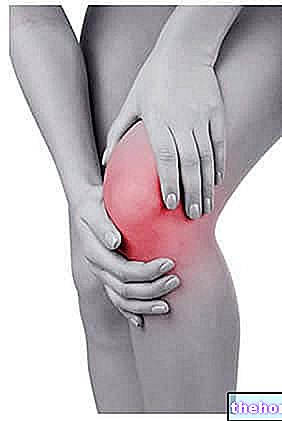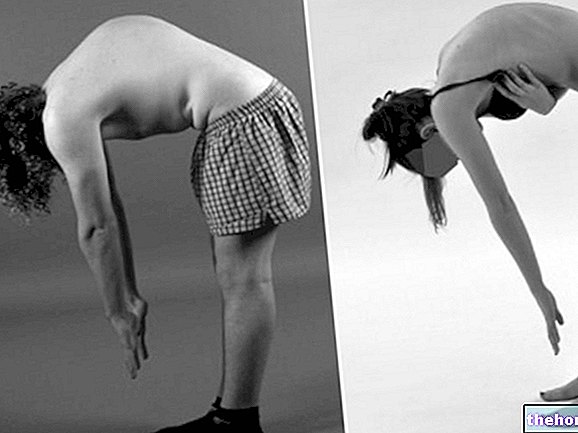We talk about bone decalcification when the skeleton undergoes an insidious calcium depletion. The loss of this and other minerals decreases skeletal strength and promotes the appearance of fractures and joint problems.
The demineralization can be local or systemic (diffuse, that is, to all the bones of the organism).

Prolonged immobility, resulting from casts or antalgic reflexes, can be accompanied by local bone decalcification, ie limited to the immobilized segments only.
In many cases, fortunately, the problem is not the expression of a serious illness, but the simple consequence of incorrect lifestyles and eating habits. Particularly at risk are postmenopausal women and athletes, especially women, who associate a low-calorie diet with intense physical activity.
Even pregnant women and nurses, due to the increased demands for calcium, first of the fetus and then of the newborn, can suffer from bone decalcification problems.
Some advices
Astronauts who remain in orbit for long periods, due to the absence of gravity, undergo rapid muscle atrophy and, despite their young age, can develop forms of bone demineralization. In fact, contrary to what one is led to think , bone is an extremely vital tissue, which changes continuously in response to internal and external stimuli.
It has been seen, for example, that some physical activities, such as dancing and walking, are more effective than others (swimming and cycling) in preventing bone loss. Not surprisingly, body weight, together with the force of gravity, positively stimulates calcification, with a consequent increase in skeletal density.
Although physical activity has important benefits at any age, it must not be forgotten that the foundation for a strong and robust skeleton is laid during childhood. Experts recommend directing your children to the practice of regular sporting activity, to be carried out preferably in the open air (sunlight is essential for the synthesis of vitamin D, which in turn is necessary for the absorption and fixation of calcium).
Bone health also comes with regular nutrition.
The abuse of alcohol, coffee, salt and fiber supplements can promote bone decalcification. On the other hand, foods rich in calcium are recommended, represented not only by dairy products (with their advantages and disadvantages), but also by fish, so particularly the blue one, and from legumes.
Average calcium content in some foods
Considering the high degree of complexity with which the internal balances of our organism are organized, it is essential to realize that, to solve the problem of bone decalcification, the use of massive calcium additions may not be sufficient. It will therefore be necessary to make every reasonable effort. to improve the absorption and fixation of the mineral taken with the diet. Therefore, not only calcium, but also regular physical activity, adequate sun exposure and dietary habits under the banner of balance and sobriety.




























